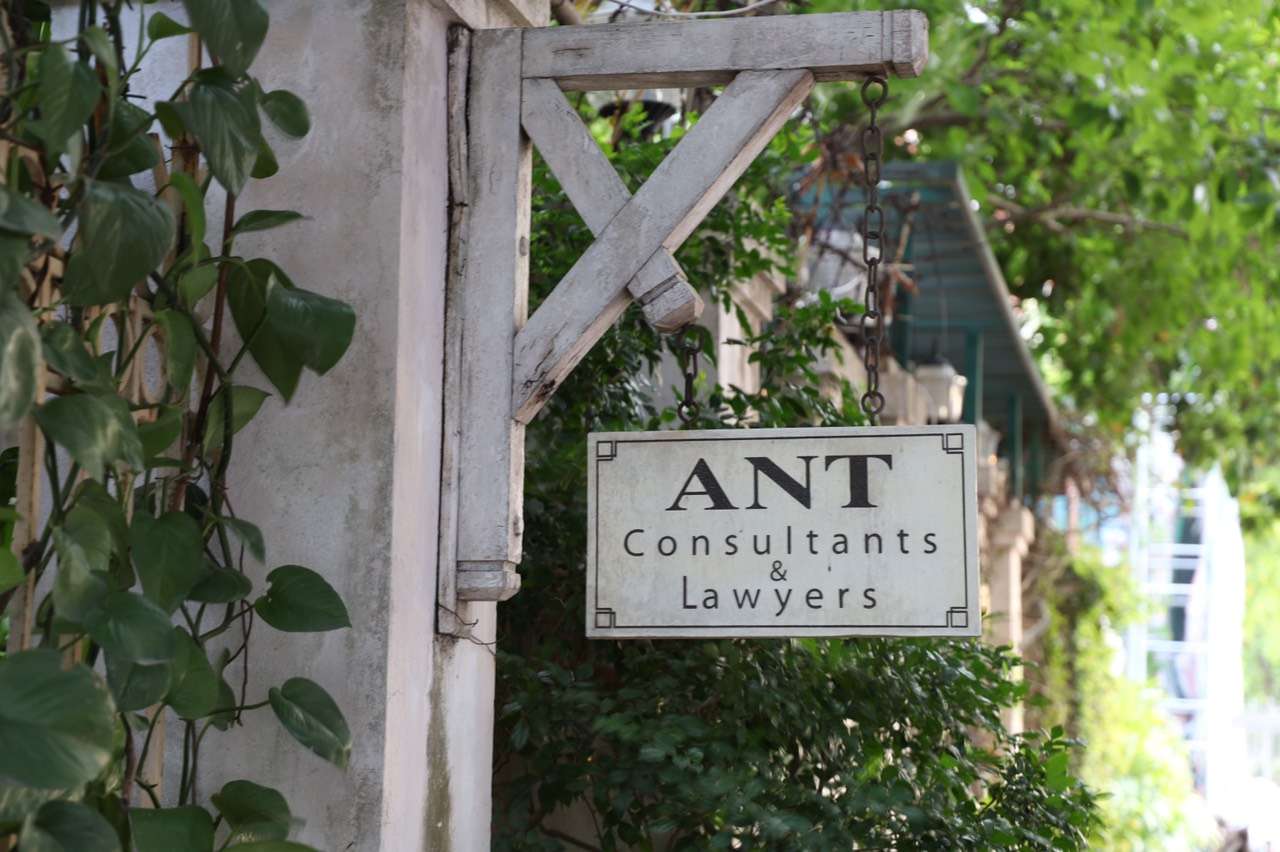When patent owner
registers for their patent, one of the most important documents included in the
dossiers is the patent’s description.
Patent is a technical solution in the form of a product or process which is
intended to solve a problem by application of natural laws. Patent description is
very important which is aimed to reveal the nature of a patent for examiner to
consider its ability if satisfying the protected conditions. Specifically,
patent description must include the description and protection scope.
Register patent in Vietnam
The description must
completely disclose the nature of the technical solution sought to be
registered. It must contain sufficient information based on which any person
with average skill in the art can deduce the solution and also clarify the
novelty, inventive steps and susceptibility of industrial application of the
technical solution.
The description includes
the following contents:
-Title of the invention,
which briefly expresses the object or objects sought to be registered and must
be brief and must not be of a promoting or advertising purpose;
-Use field of the
patent: the field in which the object is utilized or to which the object is
relevant;
-Technical state of the
use field of the patent: The technical state of the above mentioned file at the
time of;
-Technical nature of the
patent: The nature of the object, in which clearly state the signs
(characteristics) featuring the object and clearly indicate the signs
(characteristics) which is new to those of known similar technical solutions;
-Brief description of
attached drawings (if any);
-Detailed description of
invention operating variations;
-Detailed description of
invention operating variations;
-Benefits (effects)
expected to be achieved.
Protection scope or
protection claim of the patent:
The protection scope is
used for determination the scope of industrial property rights to patent. The
protection scope must be presented briefly and clearly in conformity with the
description and drawings, making clear signs of novelty of the object sought to
be protected and comply with the following regulations:
-The protection scope
(claim) must be adequately demonstrated by the description, including prerequisite
and sufficient substantial technical signs to identify the object, achieve the
set objective and distinguish the object from a known object;
-Technical signs within
the protection scope (claim) must be clear, precise and recognizable in the
similar art;
-The protection scope
(claim) should not invoke the description and drawings, except for invocation
to parts that cannot be accurately described with words;
-If the application
contains drawings illustrating the protection claim, signs presented in the
protection scope (claim) may be accompanied with indication numbers put in
brackets. Those indication numbers are not considered confining the protection
scope (claim).
-The protection scope
(claim) should (is not required to) be expressed in two sections: Restriction
and Distinction. The section Restriction covers the title of the object and
signs of the object that are identical to those of the latest known object and
is connected to the section Distinction by the phrase distinguishable by or
characterized by or equivalent expressions. The section Distinction covers
signs that distinguish the object from the latest known object and are combined
with signs of the section Restriction to constitute the object of protection
claim.
-The protection scope (claim)
may include one or more than one points. A multi-point protection scope (claim)
may be used to present an object sought to be protected, with the first point
(called independent point) and subsequent point(s) used to concretize the
independent point (called dependent point(s)); or to present a group of objects
sought to be protected, with several independent points, each presenting an
object sought to be protected in the group. Such an independent point may have
dependent point(s);
-A multi-point protection
scope (claim) used to present a group of objects must satisfy the following
requirements: Independent points presenting different objects must not invoke
other points of the protection scope(claim), unless the invocation helps avoid
total repetition of the content of another point; dependent points must
immediately follow the independent point on which they are dependent.
Besides the description
and protection scope, the patent abstract is also a compelled part in the
dossier for patent registration.
Accordingly, the patent abstract is used to concisely describe (with no more
than 150 words) the nature of the patent. The abstract must disclose principal
details of the nature of the technical solution for the informatory purpose and
may contain typical drawings or formulas.
If the client needs any
other information or requires for further advice, our IP attorney in Vietnam at
ANT Lawyers, the IP agent in Vietnam will be available for service.





.jpg)
.jpg)
.jpg)
.jpg)
.jpg)
.jpg)
.jpg)
.jpg)









.jpg)
.jpg)


.jpg)
.jpg)
.jpg)

